Most folks’ mental image of oil well drilling owes more to Hollywood than to modern reality. Tinseltown taught us that “gushers” and fiery infernos are commonplace, just as the landscapes are dominated by ruthless swindlers, swaggering alpha males and heaving bosoms.
In the world of modern drilling practices, though, There Will Be Blood has been replaced by “There Will Be Mud”. Drilling mud is actually a highly engineered fluid; one of its functions is to maintain pressure in the wellbore. The weight and properties of a properly-designed mud prevents fluids from entering the well and causing a catastrophic blowout or gusher.
Innovations on the drilling side of the industry have turned pipe dreams (excuse the pun) into reality. It is now possible to drill a well to a location nearly eight miles distant from the surface location.
Drilling has also adapted to the reality that oil and gas are where you find them. Sometimes the best prospective locations are in environmentally-sensitive areas or nearby development. In these cases, there is a premium on keeping the physical presence, the “footprint”, as small as possible. The two images following show the modern possibilites:
This picture shows a drilling rig on its pad just off the campus of the University of Texas at Arlington. Arlington (and much of Ft. Worth) lies within the Newark East Barnett Shale Field, one of the largest gas fields in the country. Below, we see in plan view that eighteen wells (the green lines) have been directionally drilled from this one surface pad, with the developed area extending not just under the campus but under nearby residential neighborhoods as well. Scale is indicated by the bar, but I have added an arrow that indicates a quarter-mile track around a football field:
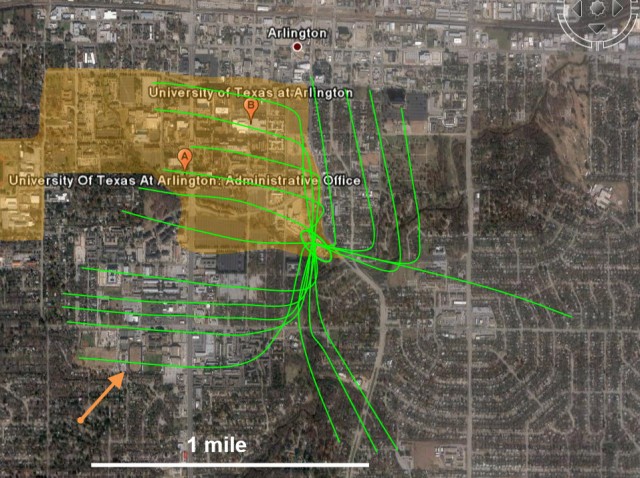
Imagine a large, contorted letter “J”. Several thousand feet of steel pipe is as limber as a piece of spaghetti. Thus the wellbores extend down several thousand feet, then turn until they are horizontal, or parallel to the surface of the ground. Several square miles can be effectively drained from a surface area which impacts only a handful of acres. That’s why industry insists that development of an area like ANWR would impact only a tiny percentage of the area to be developed underground.
(Before drilling such a well, rights are obtained from all the affected landowners. Trespassing is trespassing, whether at the surface or at 10,000 feet below. Thus are we spared real-life “I drink your milkshake!” moments.)
My company’s drilling engineer has a saying he uses with tongue only slightly in cheek when asked if he can drill a difficult well: “Time and money, bubba. Time and money.” It’s his way of saying that with modern drilling technology, just about anything is possible.
Cross-posted at stevemaley.com.

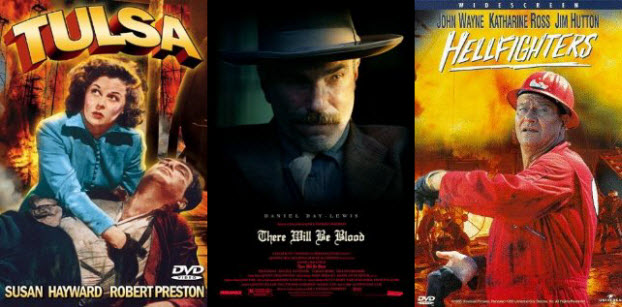
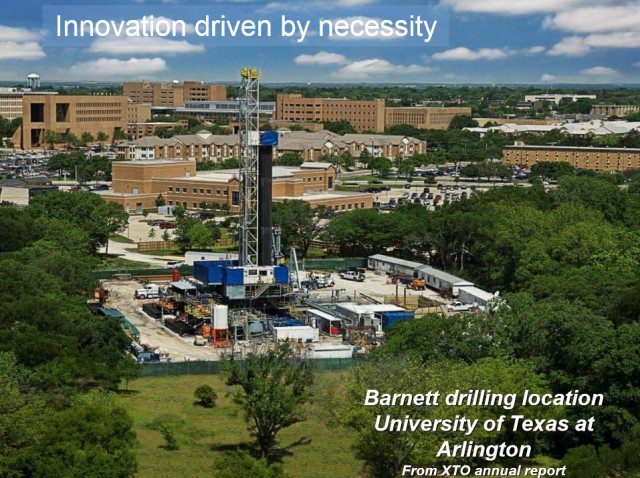

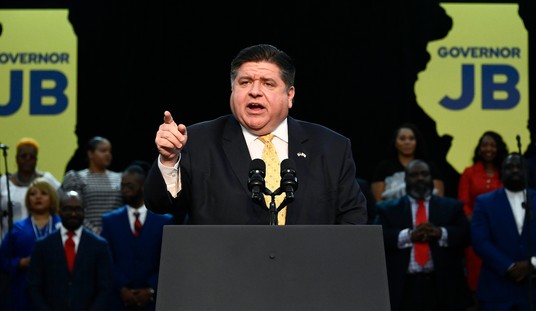







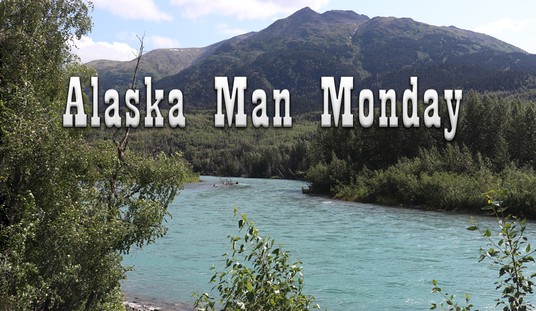


Join the conversation as a VIP Member